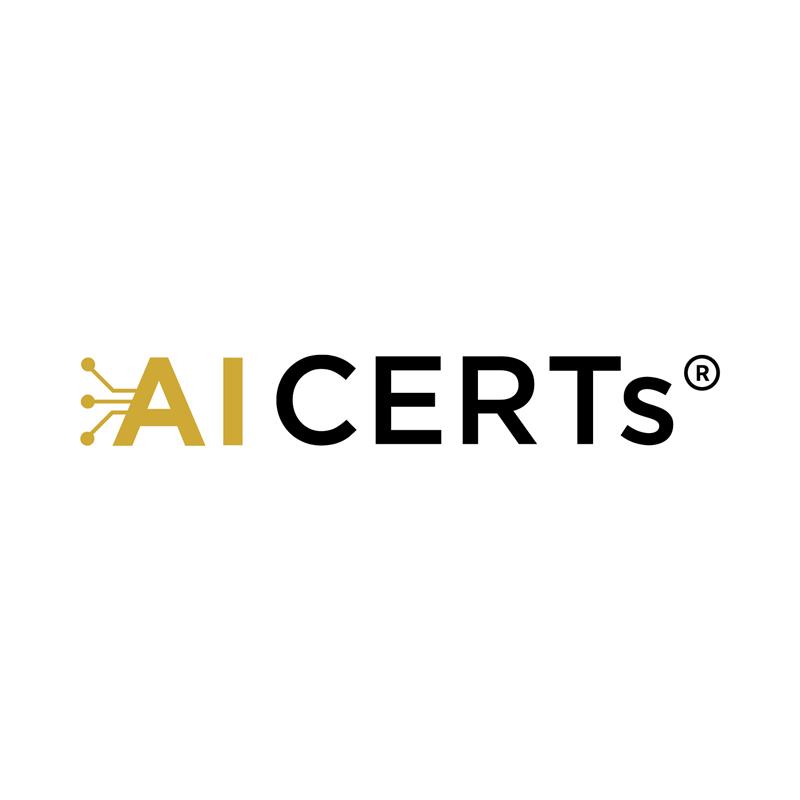Artificial Intelligence and blockchain are two of the most transformative technologies shaping the modern world. When combined, their potential extends far beyond automation, data security, and transparency — they are redefining how industries operate. As the demand for skilled professionals in these fields grows, collaborative training initiatives between organizations, academic institutions, and certification bodies are becoming increasingly important.
However, the path to building effective training collaborations is not without its obstacles. Technical limitations, compliance requirements, and evolving regulations can complicate the process. For institutions and training providers aiming to deliver high-quality programs in AI and blockchain technologies, understanding and overcoming these hurdles is critical to long-term success.
The Complexity of Collaborative Training Models
Training collaborations between multiple stakeholders — such as universities, private training firms, and industry certification bodies — require a careful balance of technical integration and regulatory compliance. Unlike single-discipline courses, AI and blockchain programs must cover a broad spectrum of knowledge, from machine learning models to decentralized ledger systems, each with its own infrastructure and compliance needs.
One of the most pressing obstacles is the rapid evolution of the underlying technologies themselves. AI models are becoming more sophisticated, while blockchain protocols continue to diversify. This constant change means that training materials, lab environments, and course content must be updated frequently to remain relevant. The challenge is even greater when collaborating across borders, as different regions have their own regulatory frameworks.
For example, a European institution partnering with a U.S.-based provider may have to navigate both GDPR and U.S. data privacy laws. Without a clearly defined compliance strategy, these legal differences can slow down or even halt collaborative projects.
Technical Barriers: Infrastructure and Interoperability
Delivering joint AI and blockchain training programs requires advanced digital infrastructure. Cloud-based lab environments, secure data handling systems, and real-time collaboration tools are essential for delivering high-quality instruction. Unfortunately, not all institutions have equal access to these resources.
Interoperability is another key hurdle. Different training partners may rely on varied platforms, software, and learning management systems (LMS). Integrating these systems so they work seamlessly together can be costly and time-consuming. Furthermore, blockchain components introduce unique challenges such as ensuring node synchronization, handling on-chain and off-chain data, and maintaining security in smart contract environments.
Instructors also need specialized skills to teach these technologies effectively. In many cases, becoming a training partner with AI CERTs® or a similar certification body can help bridge the skills gap, as these partnerships often provide access to updated resources, training frameworks, and technical support.
Regulatory Compliance and Certification Standards
Regulatory compliance is one of the most critical aspects of AI and blockchain training collaborations. Since these technologies often deal with sensitive data, strict adherence to privacy laws, cybersecurity standards, and financial regulations is non-negotiable.
The complexity increases when financial applications of blockchain are involved, as training programs may need to comply with anti-money laundering (AML) and know-your-customer (KYC) regulations. Similarly, AI-related programs must follow ethical AI guidelines and comply with emerging AI governance laws in various jurisdictions.
Certification plays a vital role in ensuring credibility and quality. Offering Blockchain certification as part of a collaborative program not only validates learners’ skills but also provides a competitive edge for the training partners. This is particularly important in industries where employers prioritize candidates with recognized credentials from reputable organizations.
Addressing AI Blockchain Training Challenges
While the opportunities are vast, it’s important to acknowledge the specific barriers associated with these interdisciplinary courses. AI blockchain training challenges often stem from the fact that AI and blockchain have different computational requirements, learning curves, and application areas.
For instance, AI training may require access to large datasets and high-performance GPUs for model training, while blockchain training may focus on distributed ledger environments, cryptographic principles, and decentralized application development. Bringing these two domains together in a single course or program requires a well-structured curriculum that balances theoretical knowledge with practical, hands-on experience.
Collaborative programs must also consider the diverse backgrounds of their learners. Some participants may have strong coding skills but limited knowledge of decentralized systems, while others may be blockchain experts with little exposure to AI algorithms. This makes adaptive learning models and modular training paths especially important.
Best Practices for Overcoming Barriers
Overcoming these hurdles requires a multi-pronged strategy:
- Establish clear governance structures – Define the responsibilities of each partner, including content development, compliance monitoring, and technical support.
- Leverage standardized frameworks – Adopt industry-recognized training models to ensure consistency in delivery and assessment.
- Invest in robust infrastructure – Utilize cloud-based labs, secure LMS platforms, and collaborative tools to streamline technical integration.
- Prioritize compliance from the start – Engage legal experts early in the process to address cross-border regulations.
- Maintain continuous content updates – Commit to revising and improving training materials in line with the latest technological developments.
Conclusion: Collaboration as the Catalyst for Innovation
Technical and regulatory hurdles in AI and blockchain training collaborations are significant, but they are not insurmountable. By fostering strong partnerships, investing in the right infrastructure, and adhering to global compliance standards, training providers can create programs that prepare learners for the demands of the future.
Ultimately, the combination of human expertise and strategic collaboration can turn these challenges into opportunities, empowering the next generation of professionals to lead in the rapidly evolving AI and blockchain landscape.




.jpg)

Comments